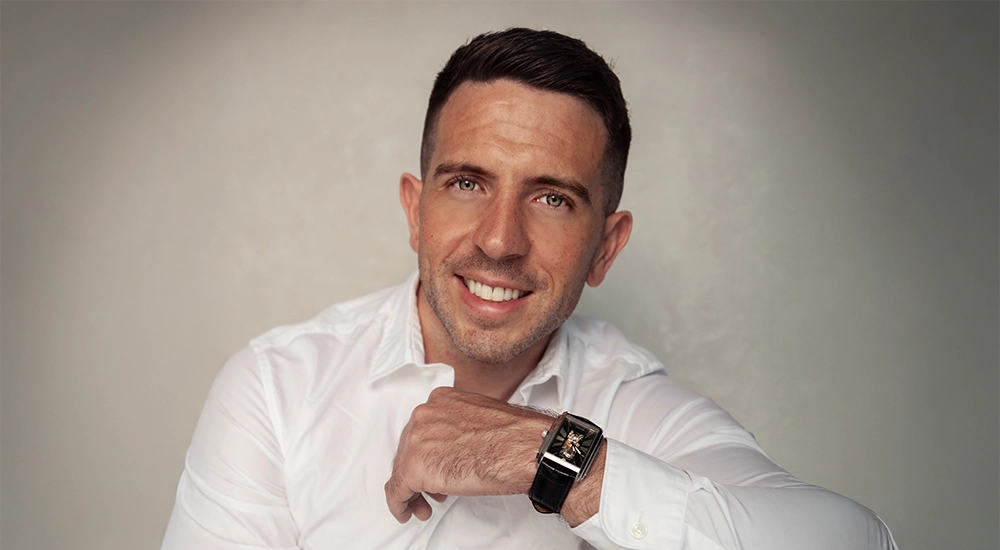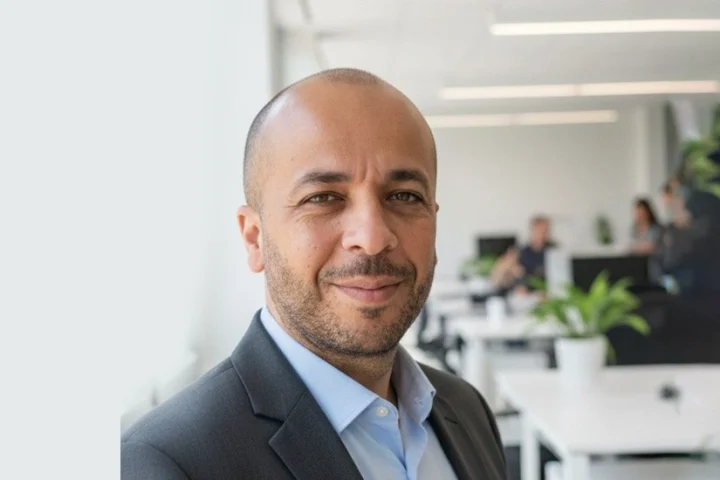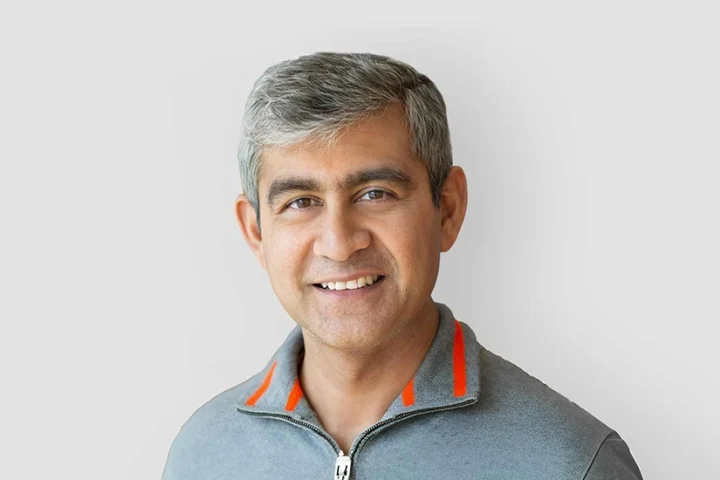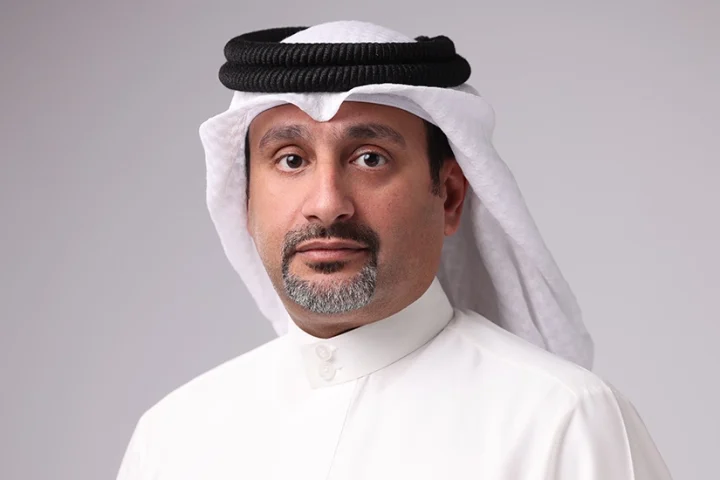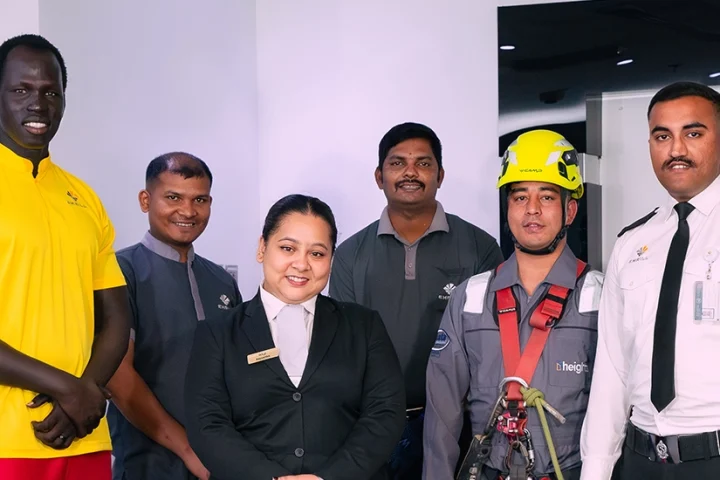Make sure everybody is doing the 5% that moves the needle and not trying to do the 95%. Saying no to distraction and being hyper-focused on intention is the key to transformational leadership. Setting these standards and compounding them over time is what helps leaders stand out from everyone around them says Aidan O’Brien, Strategic Advisor.
What separates top performers from everybody else is their personal level of awareness, their clarity, how well they know themselves and how well they know their strengths and their weaknesses. Working with companies and high performers around the world, one of the first things we do is redefining the roles.
What do people do best with the least amount of effort? What are the 5% actions that move the needle? A leader needs to identify what is worth doing and learn to let go of what is not.
Until a leader and top performer knows what their strengths are, they waste time and energy trying to be everything to everyone. The most important thing for high performers is to know what they do best, what creates meaningful change, what creates leverage in their business, in their company and in their team.
So, this is always the first step – awareness and clarity.
It does not matter what level you are at in a business; clarity comes first. This is what separates good from great. Instead of doing the 95% of everything, focus on what drives the biggest outcomes, what makes the biggest impact, what drives real impact.
The next step to keeping a clear head is being able to say no to what is not working for you and to what is not actually making a difference. It is one thing to do the right things but are you capable of saying no to the wrong things?
For consistent high-performance you must be able to say no to distraction. It is one of the most powerful skills a high performer can have. And yes, saying no is a skill. Great leadership is about the what and the who – what has to be done and who is best suited to do it. Especially in uncertain times – it is critical to redefine the roles of the leaders, redefine the roles of the staff.
Make sure everybody is doing the 5% that moves the needle and not trying to do the 95%. Saying no to distraction and being hyper-focused on intention is the key to transformational leadership. It is how you will get more done.
Setting these standards and compounding them over time is what helps leaders stand out from everyone around them.
It is the same for the CEO, it is the same for the founder – knowing what to say yes to, knowing what to say no to, and knowing what the high leverage activities are. That is what keeps your head clear. That is what separates strategic thinkers from busy fools.
Another key part of keeping a clear head under pressure, maintaining strategic thinking, is really trusting yourself. The first step as a leader and a high performer is to know yourself.
Coming back to awareness and clarity again Once you know who you are, once you have that awareness, it is then about trusting yourself, trusting the actions, trusting the insights you get, trusting the plan, staying committed while everyone else around you is doubting, questioning.
Even when the marketplace is upside down – a high performer can trust themselves. They have been there in the past. They know they are acting from truth, from certainty. They know they have clarity around their vision and their identity, so they trust themselves.
When they make a decision, they see it through. This is a key perspective for leaders – knowing who you are. When you know who you are, you are willing to stay out in front, and put yourself on the line. You have less fear of judgment, fear of failure, because you know you are locked in. You are focused. You are determined. You are committed.
High performers have the resilience to stay with the programme despite how much uncertainty comes. Resilience is key, but you can only be resilient when you know yourself and you trust yourself.
This is why mindset is 80% of success, why psychology is 80% of success, why coaches and mentors and advisors are so important to the CEO, to high performers and the leader – so they can get objective feedback, so they can be challenged, so they can have new questions asked to make sure they are always aligned.

Key takeaways
- Saying no is a skill.
- What do people do best with the least amount of effort? What are the 5% actions that move the needle?
- A leader needs to identify what is worth doing and learn to let go of what is not.
- Instead of doing 95% of everything, focus on what drives biggest outcomes, what makes biggest impact, what drives real impact.
- Until a leader knows what their strengths are, they waste time and energy trying to be everything to everyone.
- The most important thing for high performers is to know what they do best.
- What creates meaningful change, what creates leverage in their business?
- The next step to keeping a clear head is being able to say no to what is not working for you.
- It is one thing to do the right things but are you capable of saying no to the wrong things?
- For consistent high-performance you must be able to say no to distraction.
- It is one of the most powerful skills a high performer can have.
- Great leadership is about what has to be done and who is best suited to do it.
- It is critical to redefine the roles of the leaders, redefine the roles of the staff.


